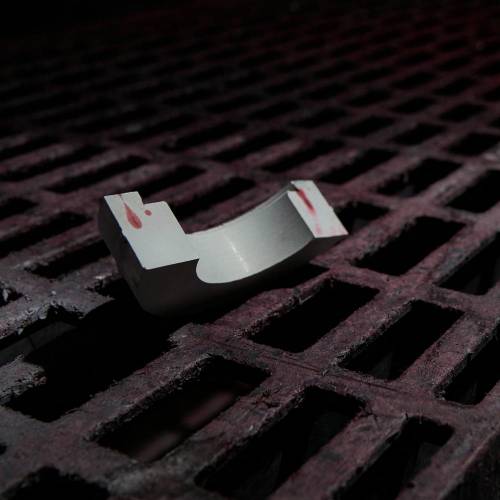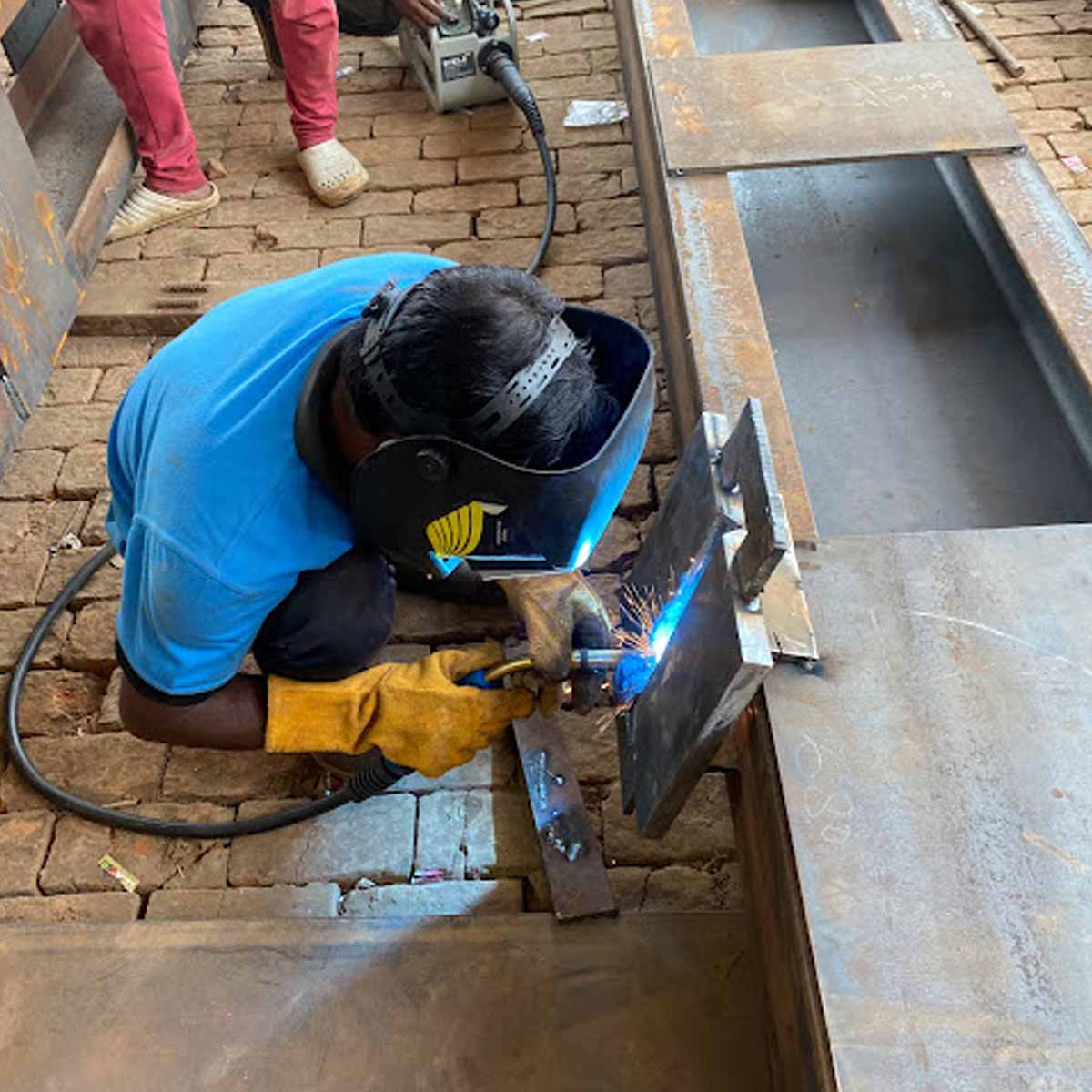In the field of quality assurance, ensuring the integrity and reliability of materials is crucial. Dye Penetrant Testing (DPT), also known as Liquid Penetrant Inspection (LPI), has revolutionized the way surface defects are detected in non-porous materials. This non-destructive testing method has become an essential tool for quality assurance experts across various industries.
The Process of Dye Penetrant Testing
Dye Penetrant Testing involves several steps to identify surface defects. Initially, the surface of the material is cleaned to remove any contaminants that could interfere with the test.To penetrate cracks and flaws, a visible or fluorescent dye is applied. After a dwell time, surplus dye is removed and a developer is added. Developers remove penetrant from flaws to inspect them under proper lighting.
Importance in Quality Assurance
Dye Penetrant Testing reliably detects surface imperfections that could compromise materials and components, ensuring quality. This method works in aerospace, automotive, and manufacturing, where safety and dependability are important. By identifying defects early in the production process, Dye Penetrant Testing Service in Noida helps prevent failures and ensures that only high-quality products reach the market.
Steps Involved in Dye Penetrant Testing
Dye Penetrant Testing is a meticulous process that involves several key steps to ensure the accurate detection of surface defects. Each step is crucial in preparing the material, applying the dye, and revealing any imperfections.
- Surface Preparation: The material’s surface is thoroughly cleaned to remove any dirt, grease, or other contaminants.
- Application of Penetrant: A visible or fluorescent dye is applied to the surface, allowing it to seep into any surface-breaking defects.
- Dwell Time: The penetrant is left on the surface for a specified period to ensure it fully penetrates any defects.
- Excess Penetrant Removal: The excess dye is carefully removed from the surface, leaving only the dye that has seeped into defects.
- Application of Developer: A developer is applied to draw out the penetrant from the defects, making them visible.
- Inspection: The surface is inspected under appropriate lighting conditions to identify any defects highlighted by the dye.
Real-World Applications
Dye Penetrant Testing is widely used in various industries to ensure the quality and safety of critical components. In the aerospace industry, it is used to inspect turbine blades, landing gear, and other essential parts. The automotive industry uses DPT to detect engine, chassis, and other faults. DPT checks welds, castings, and forgings in manufacturing to ensure quality and reliability.
Dye Penetrant Testing has revolutionized quality assurance by finding surface problems quickly and accurately. It detects even the smallest cracks and faults, ensuring material and component safety. Experts can improve product reliability and performance across industries by incorporating Liquid Dye Penetrant Testing Services in India from Inspection & Testing Engineers into quality assurance processes.



